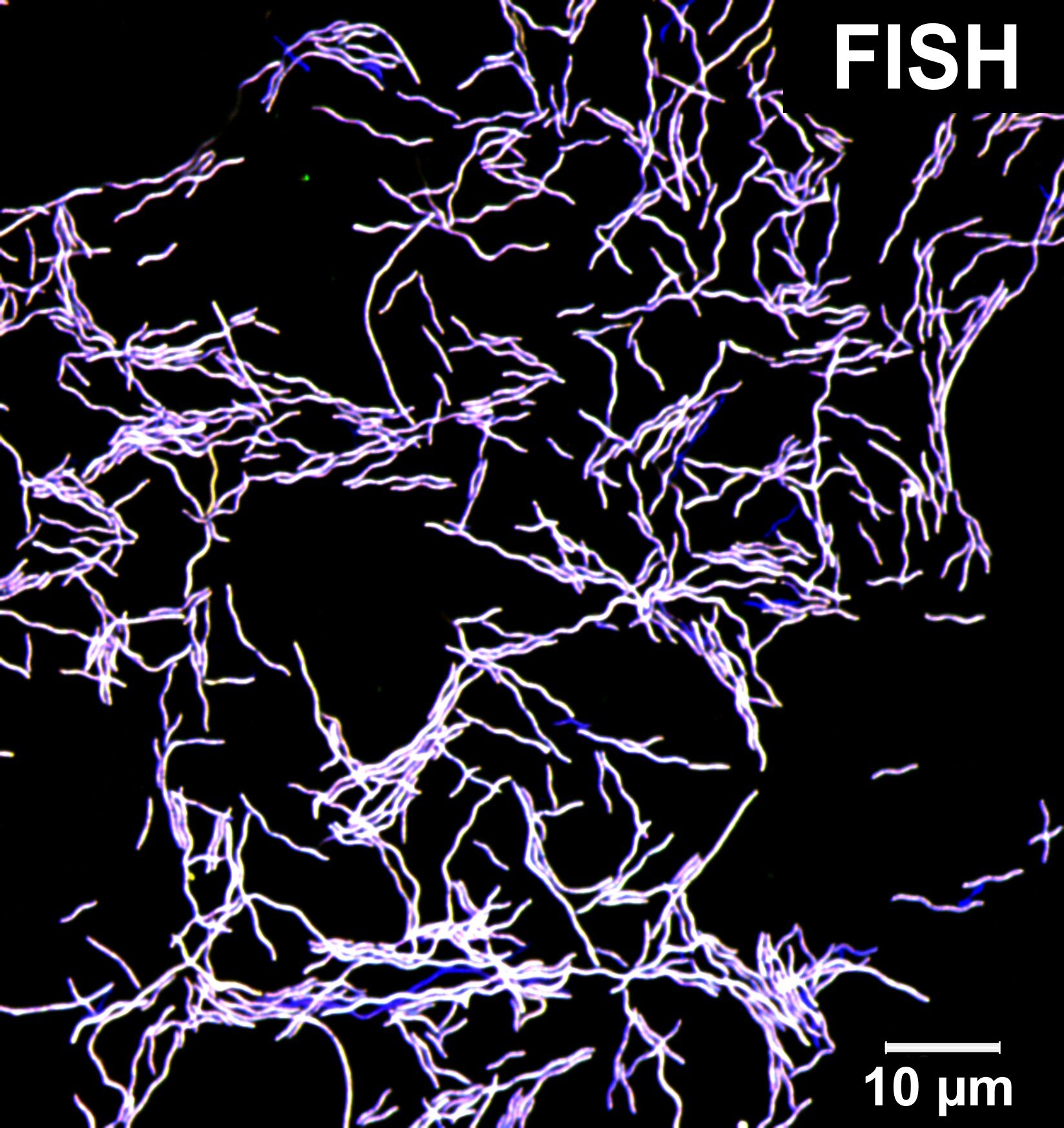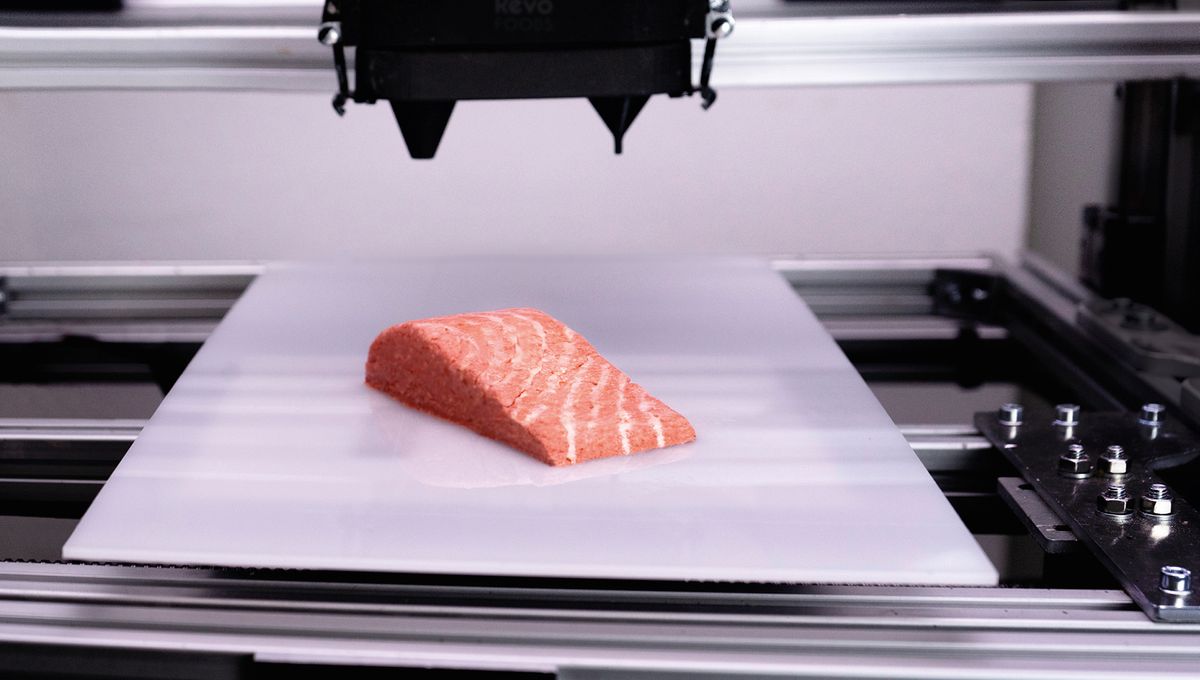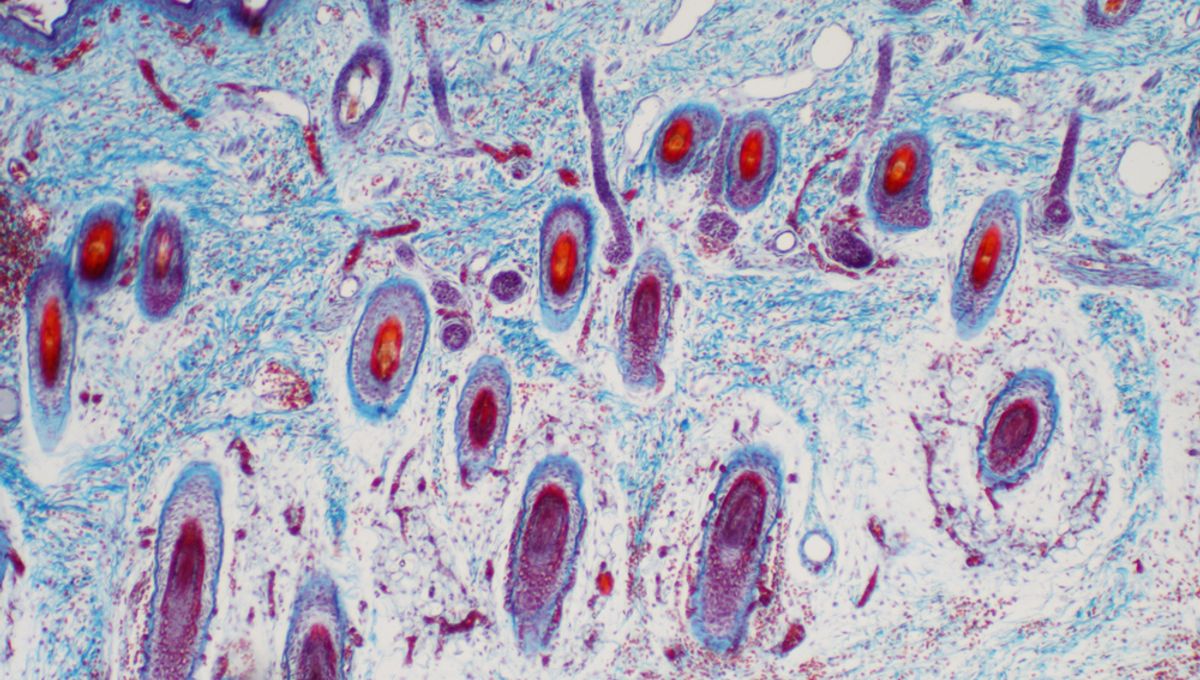An international team of scientists, led by microbiologist Alexander Loy from the University of Vienna, has made an exciting discovery. They have found a new intestinal microbe that feeds exclusively on taurine and produces the foul-smelling gas hydrogen sulfide. This discovery adds another piece to the puzzle of understanding the fascinating effects of microbial processes on our health.
But what does this mean for us? Well, our gut microbiome plays a crucial role in our overall health, and one of the ways it does this is by influencing the levels of hydrogen sulfide in our bodies. This toxic gas is responsible for those not-so-pleasant-smelling flatulence episodes. However, having small amounts of hydrogen sulfide in our gut is actually beneficial. It is essential for various physiological processes and can even protect against harmful pathogens.
Interestingly, the hydrogen sulfide-producing microbes in our gut can help “choke out” oxygen-dependent pathogens like Klebsiella, making it harder for them to colonize. However, too much hydrogen sulfide can have negative consequences, such as gut inflammation and damage to the intestinal lining. That’s why understanding the key players and processes that produce this gas is crucial for developing therapeutic interventions, especially for conditions like inflammatory bowel disease.
Now, let’s talk about taurine. This amino acid is essential for our health, and it turns out that it may also play a role in healthy aging. Recent studies have shown a link between taurine and age-related diseases. And guess what? The scientists have discovered a new gut microbe, named Taurinivorans muris, that exclusively feeds on taurine. This finding brings us one step closer to understanding how these gut microbes impact our health.
But here’s the catch: Taurinivorans muris needs the help of other gut microbes to access enough taurine in the gut. These microbes release taurine from bile acids, which are produced in the liver and released into the intestine during a high-fat diet to aid in fat digestion. The activities of these bacteria in the intestine also influence bile acid metabolism in the liver, which has implications for various processes and diseases in the body.
Protecting against pathogens is one of the crucial functions of the symbiotic microbes in our gut. And it turns out that using taurine to produce hydrogen sulfide is one of their protective mechanisms. The researchers found that Taurinivorans muris has a protective role against two important gut pathogens, Klebsiella and Salmonella. However, the exact mechanism behind this protection is not yet fully understood.
Overall, this study provides valuable insights into the complex interactions between different gut microbes and their hosts. It contributes to our understanding of bile acid metabolism and offers potential for developing new microbiome-based therapies. So, next time you notice a not-so-pleasant smell, remember that it’s all part of the fascinating world of our gut microbiome.








